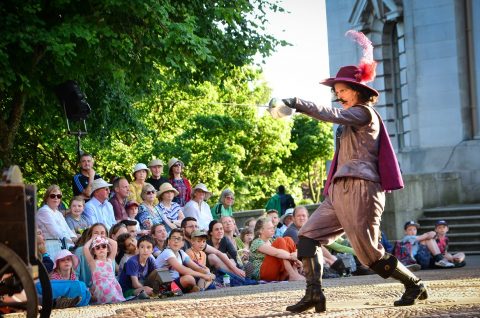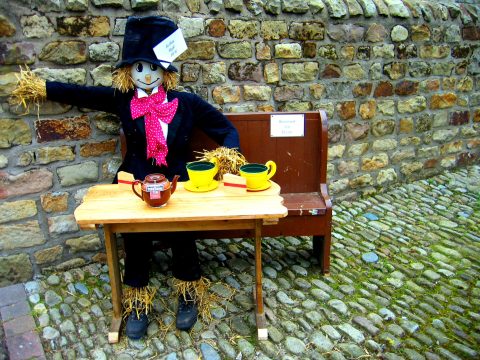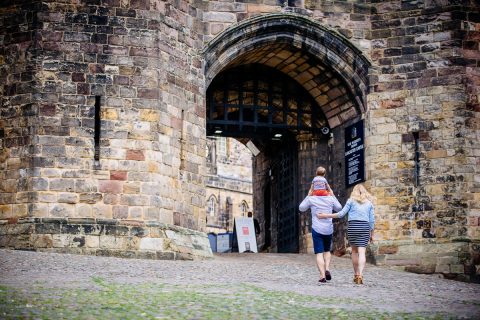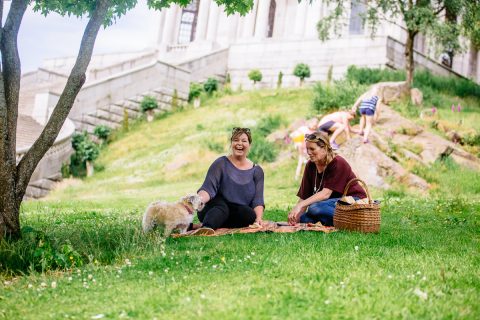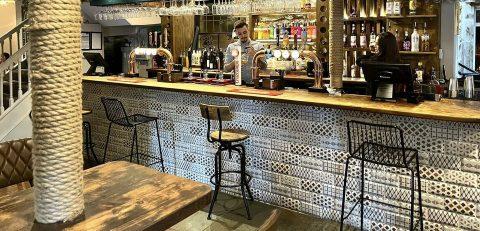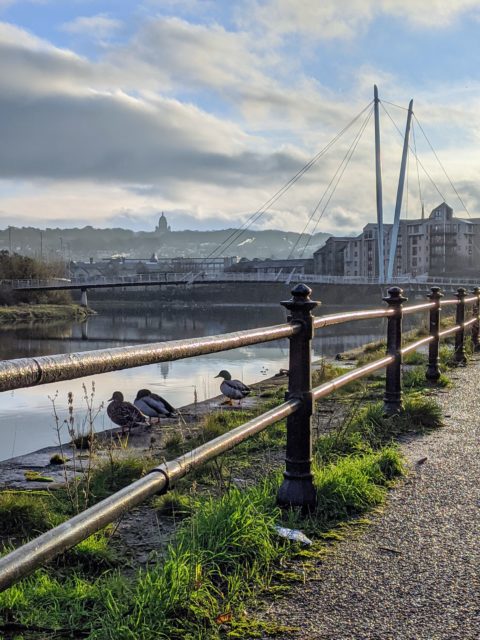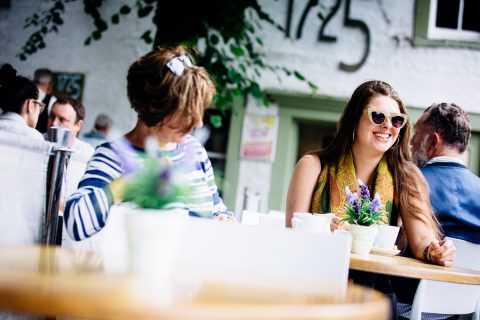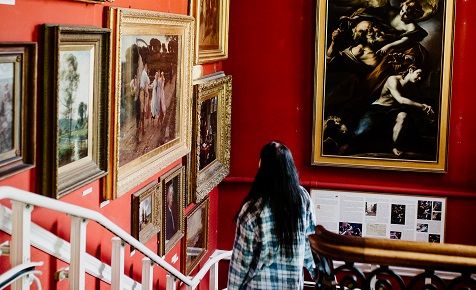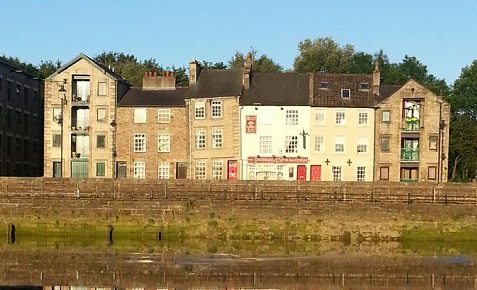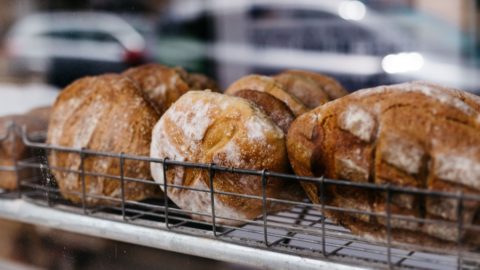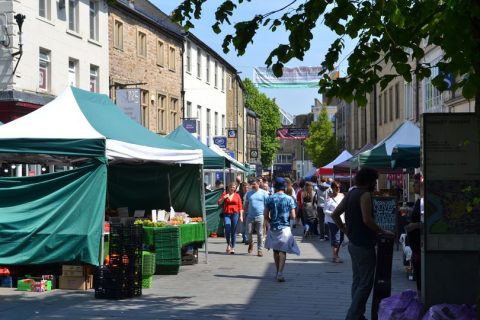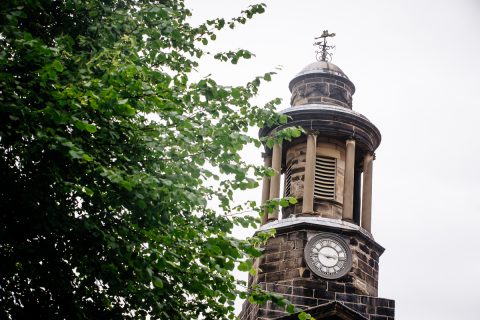Mill Race: Flow of Change
Mill Race: Flow of Change
This three-year cultural programme is now underway! Learn about the programme, past and future events and how you can get involved.
Following a bid submission earlier this year, the city council and Lancaster Arts, a part of Lancaster University and the National Portfolio of Arts Council England, have been successful in being awarded a £86,660 grant from Historic England. The grant is to help create an exciting three-year cultural programme for the Mill Race area to complement the High Street Heritage Action Zone (HSHAZ) Programme.
What is the Mill Race: Flow of change?
Flow of Change is inspired by the water mill race that powered the early industrialisation of Lancaster and still exists today, hidden beneath the buildings and streets.
Quote: “I didn’t even know the Mill Race existed. And I walk this way to work every day. It has been right under my feet all this time and I didn’t know. There is water beneath my feet that has powered this city. Amazing!” audience member, after taking Steph Edwards’ tour of the Mill Race area during the Something’s Happening Here launch event in 2021.
A bit of background:
‘Mill Race: Flow of Change’, as with the HSHAZ, focuses on an area to the north-east of the city centre around North Road, Lower Church Street and St Leonardgate. The programme will deliver a range of place-based cultural opportunities to help reveal and experience the area’s unique histories and distinctiveness, celebrating the Mill Race area as a core and dynamic part of Lancaster that is directly informed by its heritage but also informing its emerging, contemporary character.
The programme seeks to encourage curiosity, shift perceptions and create exciting reasons to visit and engage with the area, complementing the wider HSHAZ programme of investment into buildings and public realm, and supporting capacity building and community engagement.
It will foster an environment for co-production, building new partnerships and forging new relationships that strengthen the local cultural ecology and extend the current cultural offer and with lasting benefits beyond the life of the programme.


